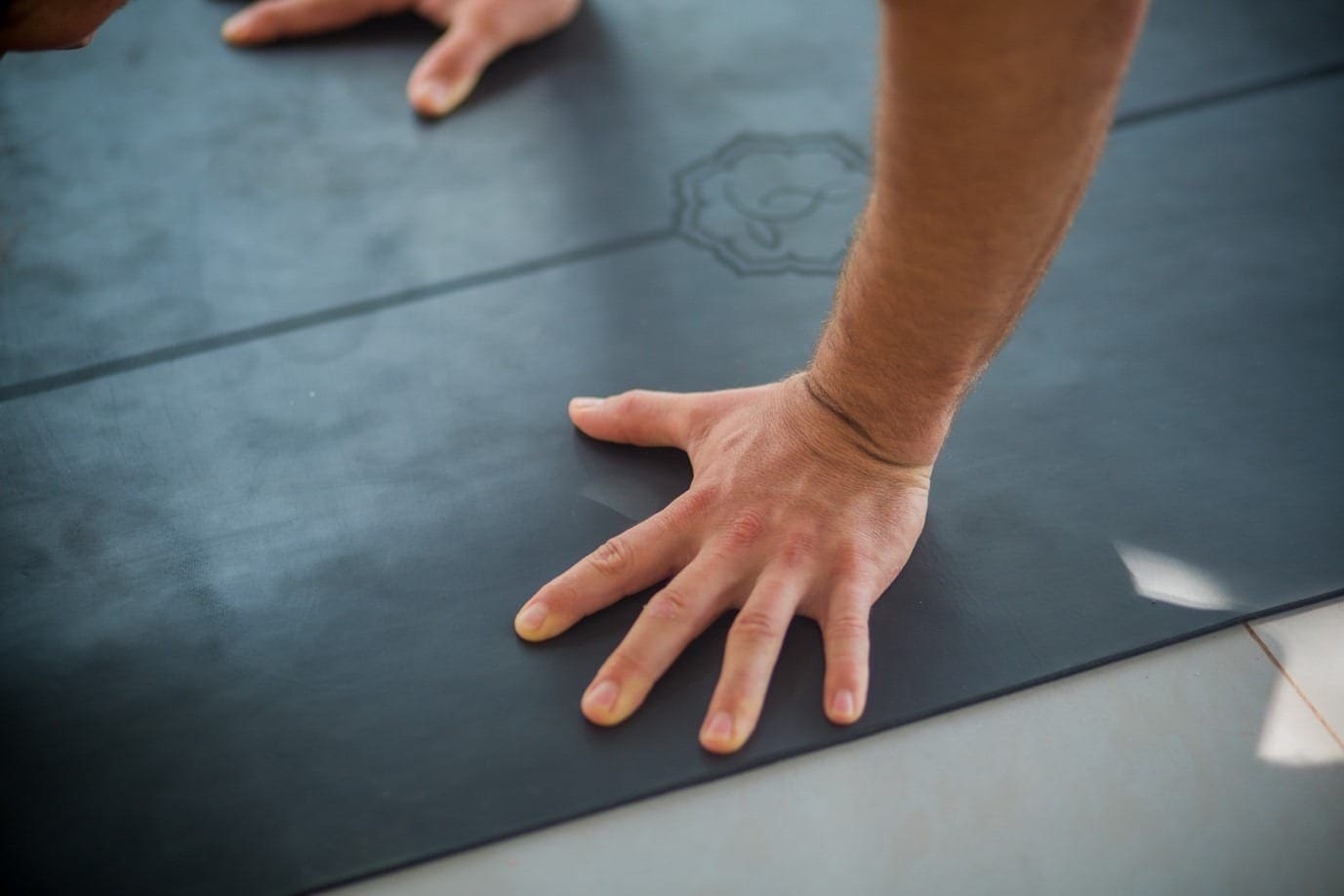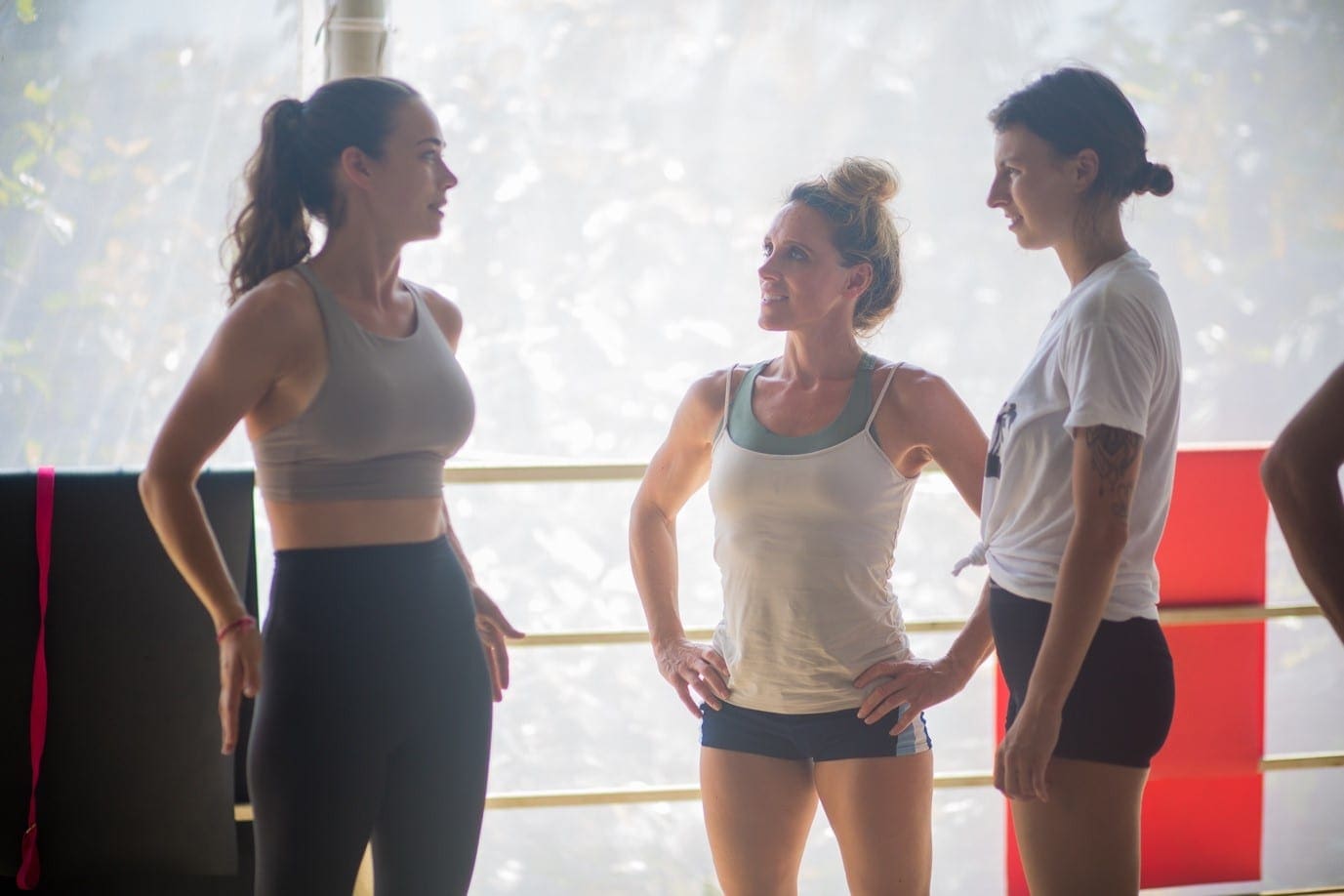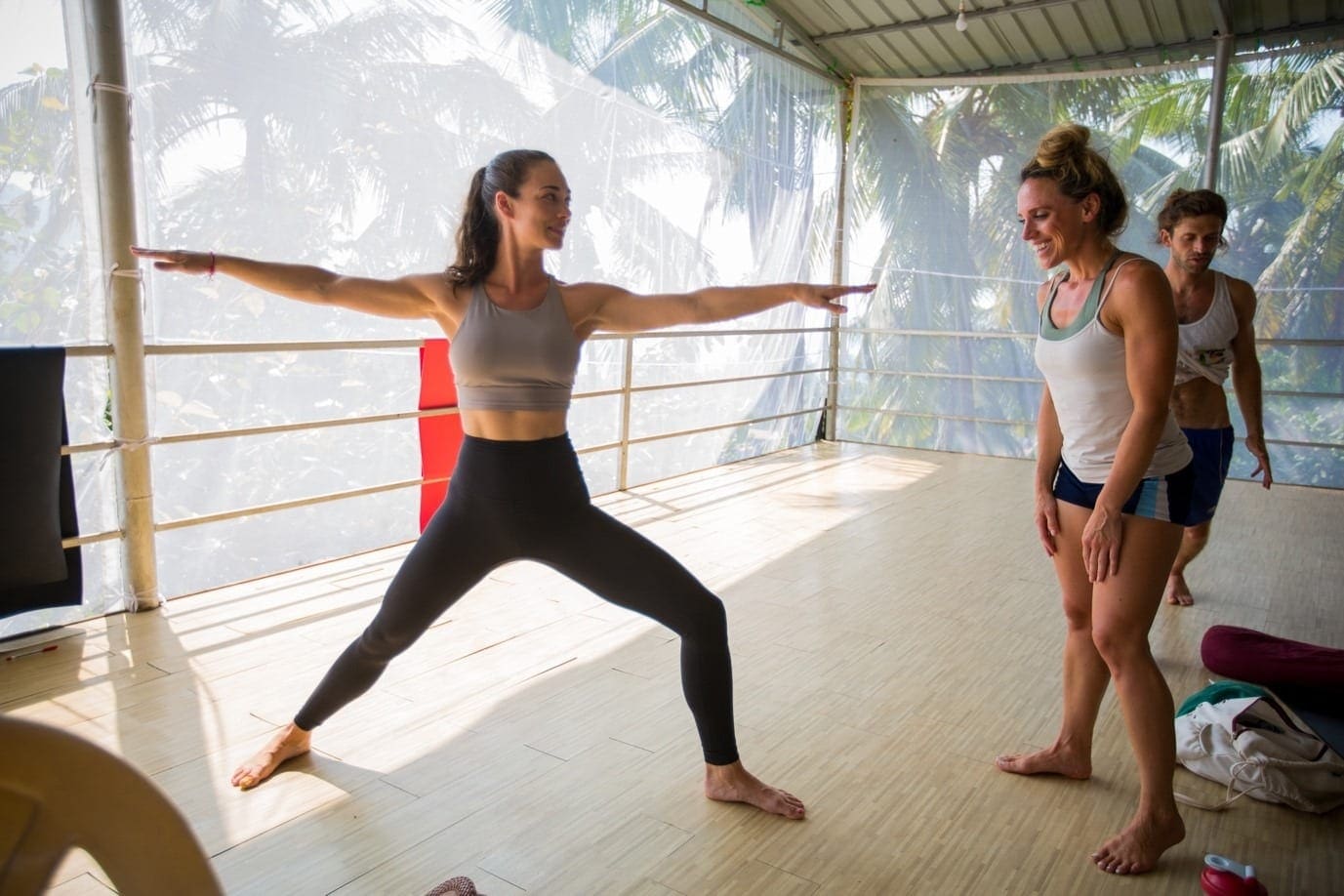Six tips for teaching your first yoga class
So you’ve completed your 200-hour yoga teacher training and are at the cusp of beginning your yoga teaching career? Even though you have probably taught fellow-students in small groups during your yoga teacher training, your first real class can be an intimidating experience. While your practice teaching sessions might have been nerve wrecking, you were teaching in a safe and encouraging environment.
So now what happens now that you have become a yoga teacher and are about to teach your very first class back home? How do you transfer what you’ve learned on your course to the real world? Here are six important tips to get you started…
1. Plan, prepare and practice
One day you will be able to draw on a vast bank of asanas and flow sequences to piece together for a class even without warning. But for now, you’ll need to plan and sequence the class in detail, prepare the music that goes with it (if you use it) and time it to the length of the class you’re providing. Even teachers with years of experience still plan their classes in detail – they may not refer to the book in front of them during the class, but it helps to know it’s there. For you as a first-time teacher, it will be there for those moments when your brain goes blank and you need to check where you are in your sequence – a good tip I was given was to sneak looks at the pages when everyone has their eyes closed or they’re in downward-facing dog!
Another good tip I was given was to practice on myself in a mirror, using a timer. You can get a sense of how you’re going to come across to your students by seeing your reflection at work. You can practice with a few friends too if that helps.

2. Keep it simple
Don’t fall into the trap of trying to work in some fancy asanas to show off your newly acquired yoga vocabulary. It pays to keep the asanas in the sequences as simple as possible, not least because you may not know what the level of the students will be. An advanced student will always be able to make the most of a simple class, but a beginner might be put off by something beyond their reach. Always aim for the simplest point – you can always start the class by saying that students are welcome to work in any more complex asanas as they wish – it’s their practice and they know their own bodies. If they want to practice a tripod headstand while everyone else is in Prasarita A, then that’s fine. Stick to the asanas you are most fluent in.
3. Invite some friends along
One aspect that helps when figuring out how to teach your first yoga class is inviting some friends to come along to the class. Get your friends to your first class, and ask them to dot themselves around the studio or shala for moral support. If they know the sequence you are teaching, all the better – they can act as demonstrators for the class so you don’t have to be everywhere at once. They will be willing you to succeed, just as your fellow yoga-teacher students were, and they will help you relax and be yourself. Don’t leave your personality at the door – bring it with you into the room.

4. Be prepared to go wrong
This will happen whether you’re a first-time yoga teacher or one with years of experience. Believe it or not, students often react well to a teacher who handles a mistake well – if they laugh it off or immediately take steps to correct it in a positive way, it can show that the teacher is human too, capable of making errors. It can diffuse any tension building up in students who are worried that they can’t keep up in a class. A class that laughs together, bonds together. Everyone makes mistakes, and you are allowed to, in any stage of your career. It may be that your students don’t even notice the error – just take a deep breath and continue. Remember you (and possibly your friends) are the only one who knows the original sequence, the rest of the students are taking their cues from you, live in the class, so you can introduce new material or leave a chunk out without anyone noticing.
5. Take your time and breathe
Remember that you are teaching yoga and not coaching athletes for a sprint race. Getting your students to slow their minds down is the goal of your class, and it should be your goal too. Because your yoga teacher training classes were working with students who are generally more advanced that the general public, your first sequences were likely to be faster and more complex. Remember that most people don’t know yoga as much as you and your yogi friends do so you can take your time and breathe between poses. It’s ok to allow students to take five or more deep breaths in a single pose while you allow your brain to re-engage with what comes next in your sequence. Don’t be tempted to fill silences with words – allow your students to connect with the sound of their breath, allowing you to connect back with your intentions for the class.

6. Smile
When I did my 200-hour yoga teacher training at Sampoorna – Yoga Teacher Training School India, course director told us that a smile was our ‘birthright’. He teaches the fundamental philosophy that ‘joy is our nature’ and that the goal of yoga is to discover that inner truth for ourselves. Smiling is proven to connect humans with their inner joy, even if they are not feeling joyful at that particular moment. It is a true case of ‘fake it until you make it’. By smiling before, during and after your class, you not only prepare yourself to feel happier about the teaching, but you encourage your students to access their inner joy, too.
If you’re looking for support when you’re just about to teach your first yoga class, don’t hesitate to reach out to your group of fellow-yogis. At Sampoorna Yoga that is one of the most-loved aspects – every student graduates from the program with a new, supportive community of fellow-yogis cheering them on. Nestled just a 100 meters from the beautiful Agonda beach, Goa, India, Sampoorna Yoga takes pride in delivering exceptional and comprehensive yoga teacher training and classes to support you on your yoga journey. With a great emphasis on Ashtanga’s Eight Limbs of Yoga, Sampoorna’s 200-hour Ashtanga Vinyasa YTTC (yoga teacher training course) in Goa, lays a strong foundation for your yoga teaching journey.
If you’re looking for support when you’re just about to teach your first yoga class, don’t hesitate to reach out to your group of fellow-yogis. At Sampoorna Yoga that is one of the most-loved aspects – every student graduates from the program with a new, supportive community of fellow-yogis cheering them on. Nestled just a 100 meters from the beautiful Agonda beach, Goa, India, Sampoorna Yoga takes pride in delivering exceptional and comprehensive yoga teacher training and classes to support you on your yoga journey. With a great emphasis on Ashtanga’s Eight Limbs of Yoga, Sampoorna’s 200-hour Ashtanga Vinyasa YTTC (yoga teacher training course) in Goa, lays a strong foundation for your yoga teaching journey.
YOGA ALLIANCE REGISTERED YOGA TEACHER TRAINING COURSES

Sampoorna Yoga Teacher Training School has been a registered international yoga school with Yoga Alliance, holding RYS-200, RYS-300, RYS-500, and YACEP designations since 2009. Its online and in-person Yoga Teacher Training Courses and Certifications are recognized and accepted worldwide, enabling all graduates to teach globally. Upon course completion, participants receive a 200-Hour, 300-Hour, or 50-Hour Yoga Teacher Training Certification, allowing registration as RYTs (Registered Yoga Teachers) with Yoga Alliance. Our Yoga Teacher Training Certificate Courses empower you to teach legally in any country, whether you choose to register with Yoga Alliance registration or not.

